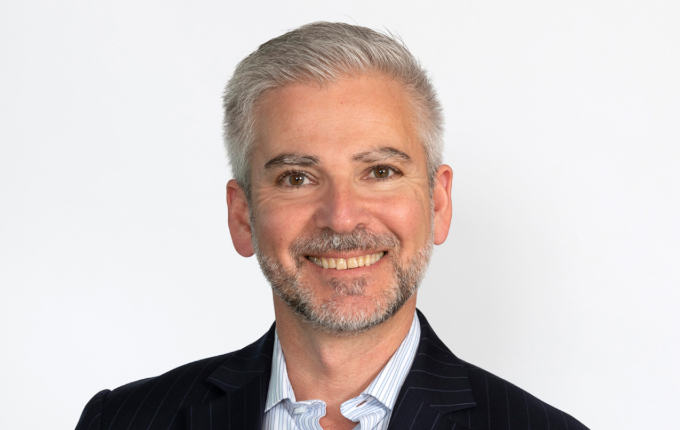AMP has evolved its DAA approach to be largely systematic in nature. We speak with Stuart Eliot about the implementation of the systematic DAA model in the investment portfolio
Register to Access this Exclusive [i3] Insights Article
Create a free account to access exclusive interviews with asset owners, revealing insights on investment strategies, market trends, and portfolio allocations.
If you already have an account you can Login .
If you have any issues registering an account please send us an email at [email protected].


